Nationality Canadian | Role Artist Name A. Casson | |
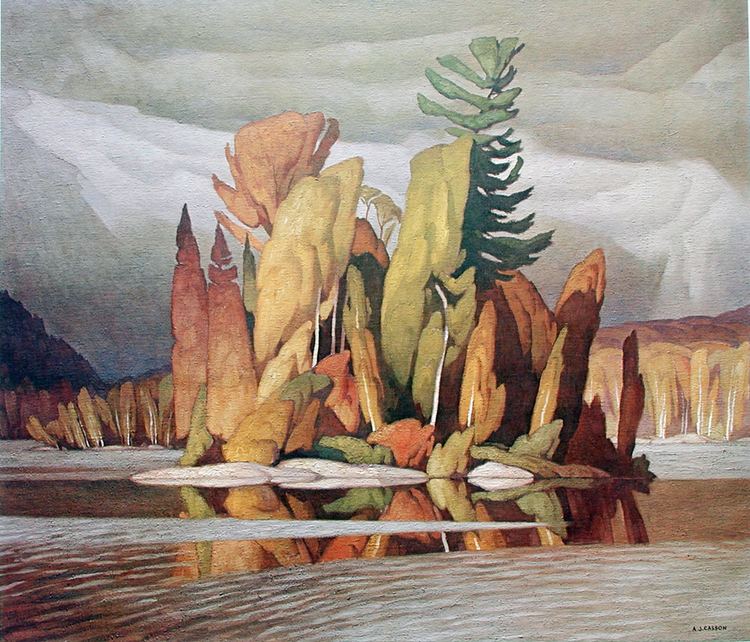 | ||
Artwork Anglican Church at Magnetawan, Hillside Village | ||
Miek016 “A J Casson, Painter”
Alfred Joseph Casson, (May 17, 1898 – February 20, 1992) was a member of the Canadian group of artists known as the Group of Seven. He joined the group in 1926 at the invitation of Franklin Carmichael. Casson is best known for his depictions of landscapes, forests and farms of southern Ontario, and for being the youngest member of the Group of Seven.
Contents
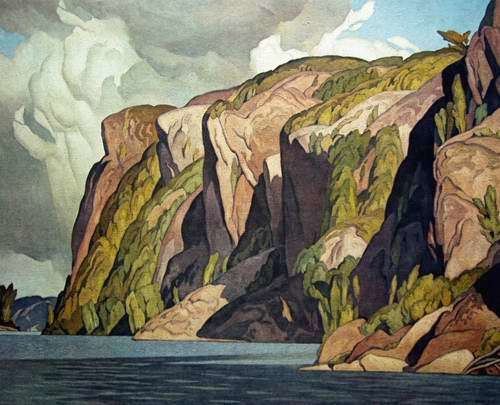
A J Casson
Biography
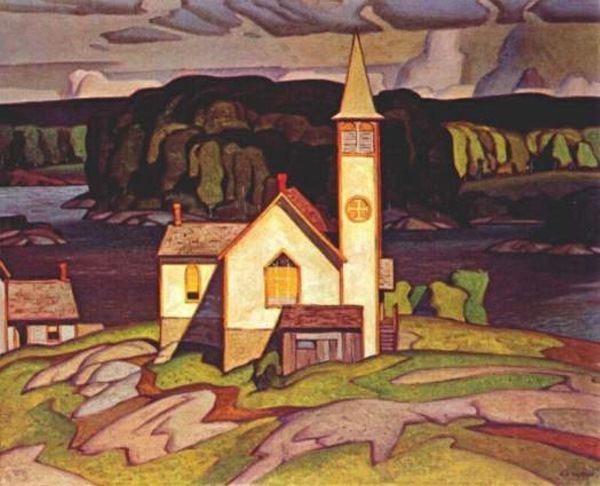
Alfred was born in Toronto, Ontario, in 1898 to an English Quaker father and a Canadian mother. At age 9 he moved to Guelph and to Hamilton at age 14. The first exposure he had to art was at Hamilton Technical School, where he was asked by his teacher to demonstrate for the class. His father sent him to work at age 15 as an apprentice at a Hamilton lithography company. In 1915 the family moved back to Toronto. At the same time as working, he attended evening classes at Central Technical School. The first public exhibition of his work was at the Canadian National Exhibition, in 1917. He was hired by the commercial art/ engravers firm Brigden's, owned by George and Fredrick Brigden (brothers).
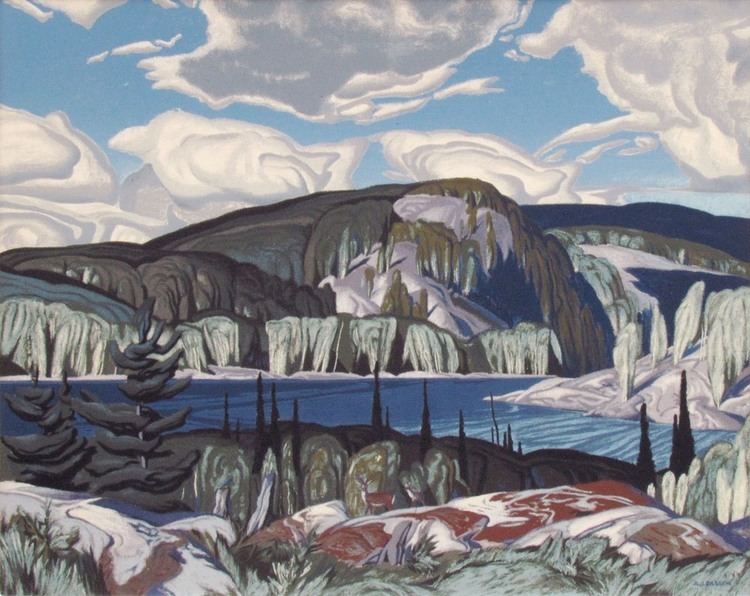
In 1919 Casson moved to Rous and Mann where he was influenced by and assistant to Group of Seven member Franklin Carmichael to sketch and paint on his own. Carmichael and Casson then moved on to the first Canadian silkscreen printing firm, Sampson, Matthews Ltd, founded by artist J. E. Sampson and businessman C. A. G. Matthews. Carmichael introduced Casson to The Arts and Letters Club of Toronto, where he met many well-known artists, including other Group of Seven members.
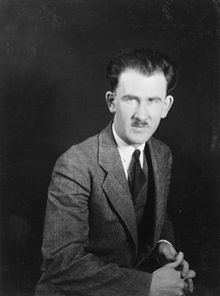
During the 1920s, Casson continued to paint during his spare time alone and with the Group of Seven. Alfred enjoyed watercolour and in 1925 along with Carmichael and F. H. Brigden (Fredrick), founded the Canadian Society of Painters in Water Colour.

After Frank Johnston, a Group of Seven member, left the group in 1921, Casson seemed like an appropriate replacement. Later in 1926, he was invited by Carmichael to become member of the Group of Seven. Ironically, in the same year he also became an Associate Member of the most conservative Royal Canadian Academy. He and Carmichael left Rous and Mann Ltd. in 1926 to join Sampson Matthews [6]. After Carmichael left in 1932 to teach at the Ontario College of Art, Casson became their Art Director and later their vice-president in 1946. In 1952, he was elected into the National Academy of Design as an Honorary Corresponding member.
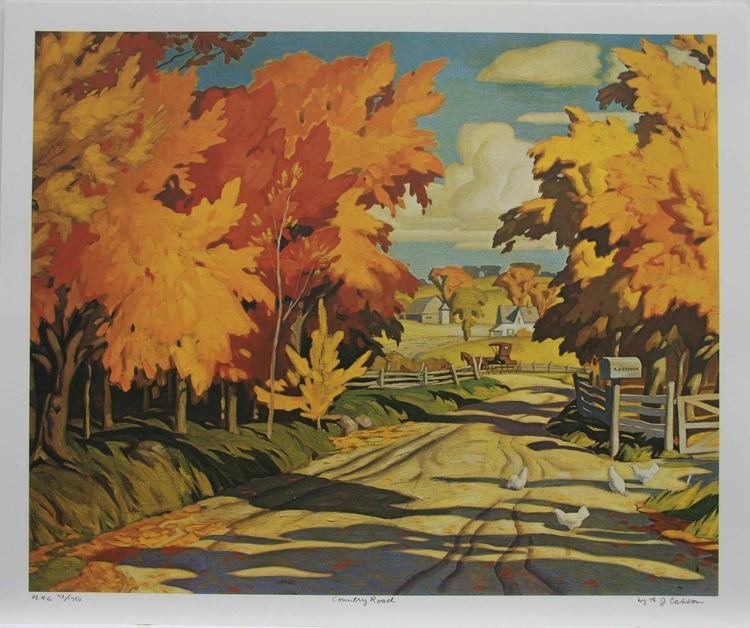
In 1924 Casson married Margaret Petry. His father died shortly after his marriage, and he had to take care of and support his widowed mother. After the ending of the Group of Seven in 1932, he co-founded the Canadian Group of Painters in 1933. Several members of the Group of Seven later became members of the Canadian Group of Painters including Lawren Harris, Arthur Lismer, A. Y. Jackson, and Franklin Carmichael.
Casson developed a painting style with clear colours and background designs. Alfred "retired" in 1957 at age 60, to paint full-time.
A. J. Casson died in 1992, just three months short of his 94th birthday, and is buried on the grounds of the McMichael Canadian Art Collection, along with six other Group of Seven members.
Works
A privately owned work of A. J. Casson's appeared on the May 26, 2008, airing of PBS's "Antiques Roadshow." According to the owner, the painting was given to her grandfather by Casson, his friend and neighbor at the time. The work appraised in the $25,000 to $35,000 range. In 1954 he was one of eighteen Canadian artists commissioned by the Canadian Pacific Railway to paint a mural for the interior of one of the new Park cars entering service on the new Canadian transcontinental train. Each the murals depicted a different national or provincial park; Casson's was Algonquin Provincial Park.
A large oil on canvas by the Group of Seven's A. J. Casson, Street in Glen Williams, sold for a record $542,800, including buyer's premium on June 1, 2010. The Casson - a leafy, autumnal portrait of a small town near Toronto - carried a pre-sale estimate of $200,000–$250,000, the highest such valuation ever accorded a Casson canvas.
Canadian art critic and historian Paul Duval wrote in 1980, "Street in Glen Williams is unquestionably his key autumn portrayal." Bidding for Street in Glen Williams began at $180,000, then bounded in increments of $10,000, then $20,000 before reaching its hammer price of $460,000. The clinching bid came from a western Canadian buyer. The previous record for a Casson, $489,100, including premium, was also set by Joyner, in May 2005.
